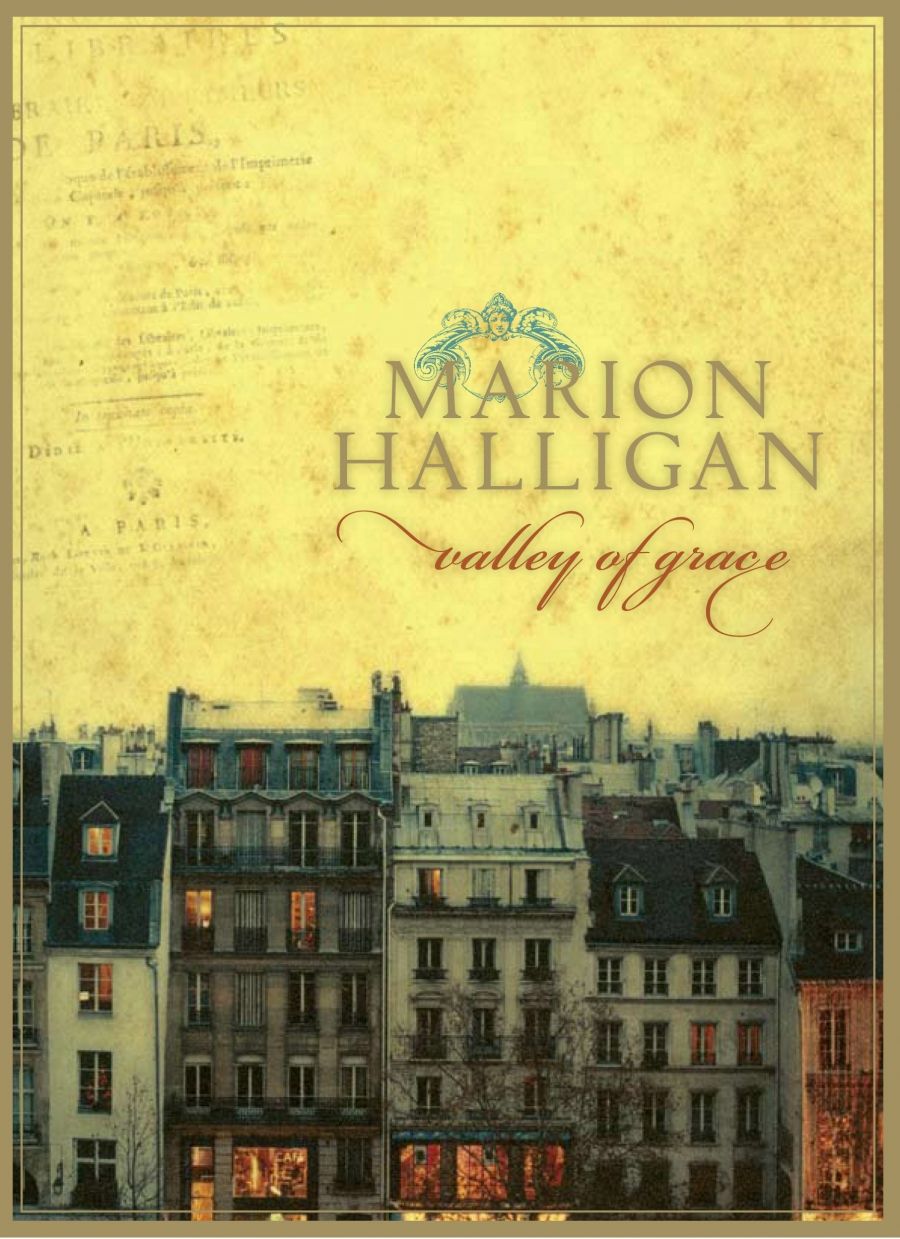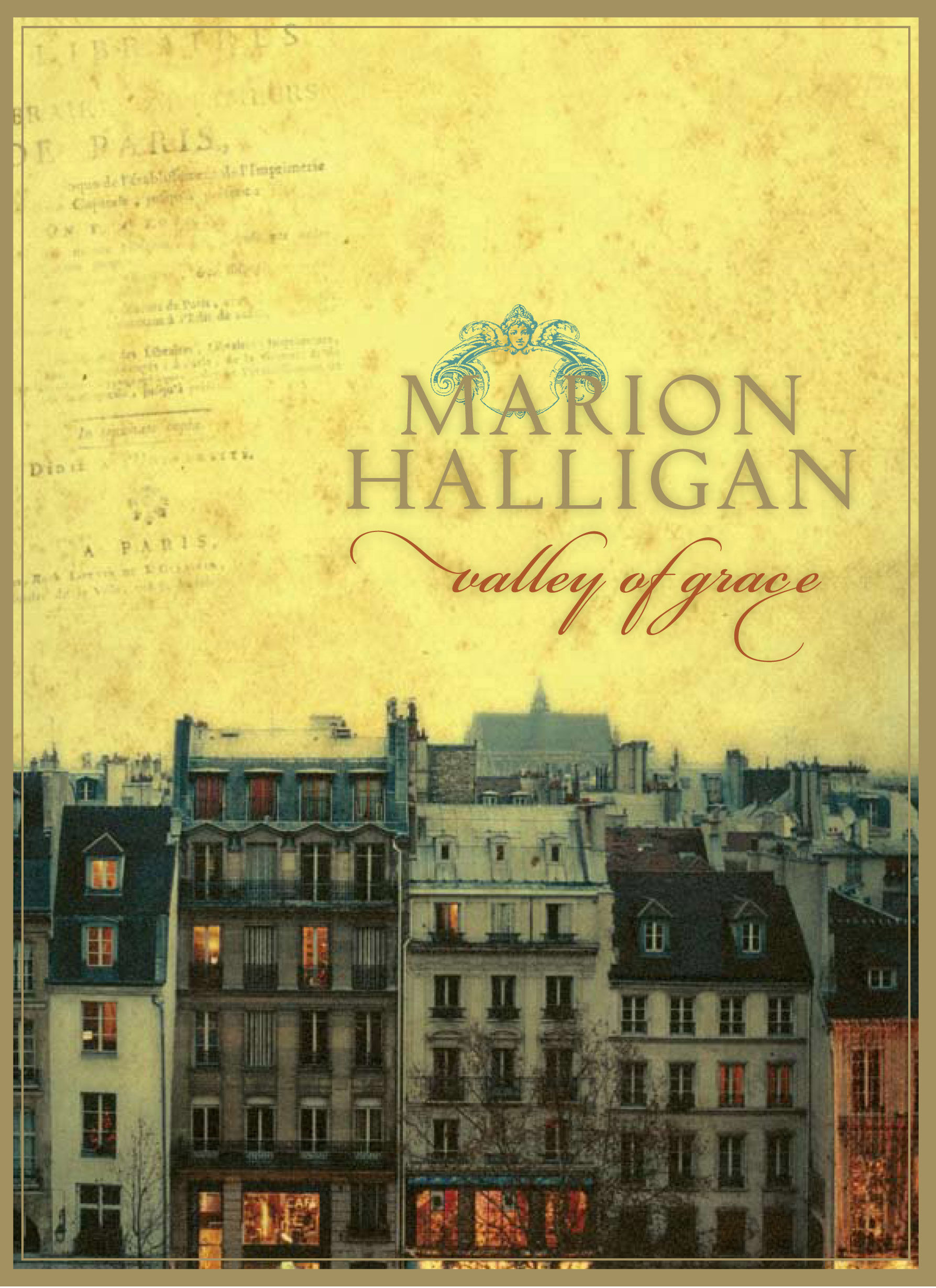
- Free Article: No
- Contents Category: Fiction
- Review Article: Yes
- Article Title: Legacies shaping the present
- Online Only: No
- Custom Highlight Text:
It is characteristic of Marion Halligan’s work to celebrate surfaces, how things look and taste. Wine and good food matter, as do décor, old houses, antique furniture, and books, gardens and architecture. Valley of Grace is set in a strongly realised contemporary Paris, and the novel is very much about how Parisians live now. The past is also important, not only as the source of a revered aesthetic but as a legacy that shapes the present. The central plot device is an antiquarian bookshop in the Latin Quarter and the social and professional interactions of the characters connected with it. The main focus of the novel is upon the lives of two generations of women.
- Book 1 Title: Valley of Grace
- Book 1 Biblio: Allen & Unwin, $29.95 pb, 247 pp
- Book 1 Cover Small (400 x 600):

- Book 1 Cover (800 x 1200):

Fanny works in an antiquarian bookshop owned by Luc, who lives upstairs with his partner, Julien. Since her recent marriage to Gérard, Fanny longs to have a child. She is fascinated by a nearby church in the Rue St Jacques, the church of Val de Grâce. Fanny is drawn to it partly because she loves its ‘repetitious symmetry’, its ‘twisted dark marbled pillars garlanded with gilt foliage’, its fat cherubs, so ‘sinister if you look closely’. But it is the provenance of the church rather than its architecture that sustains Fanny’s interest. She reads about its history and discovers that Anne of Austria, once queen of France, was married at the age of fourteen to Louis XIII, but remained childless until she was thirty-seven. Anne gave birth to Louis XIV in 1638 after making a bargain with God: if He allowed her to conceive, she would build this church. For Fanny, consumed by her desire for a child, the church acquires an almost talismanic significance; hence the title of this novel.
Cathérine, Fanny’s mother, a child during World War II, has become preoccupied with more recent history. She muses upon the tragic story of her dead father, Fleuret, a Resistance fighter. Towards the end of the war, Fleuret, along with several others, was shot by the Germans. Cathérine remembers little of him. With Fanny she decides to make a journey to her birthplace and childhood home, a tiny village called La Canourge. They wander around looking at the old houses and monuments and find a plaque commemorating Fleuret’s heroism. This leads them to reflect on the ways in which war shaped the lives of the people who lived there, especially the women and children.
Halligan is never crudely doctrinaire about sexual politics, but with a coolly observant eye to the micro-dynamics of power, she calibrates the ways in which couples of the twenty-first century interact, both sexually and domestically. One story in particular is redolent of the new liberation of women: that of one of Cathérine’s old school friends, the fiercely elegant Sabine who, until now, has been the perfect housewife. Having for all her marriage acceded to her famous philosopher husband’s demand for a perfectly managed household, Sabine has expended her life in eliminating all petty demands so that the great man can ‘think’ undisturbed. For years, she has colluded without demur in his sexual dalliances with young female students. The unexpected arrival of baby Louise, the product of one of his dalliances, and to whom Sabine becomes godmother and part-time carer, transforms her so utterly that she is able to shake off her husband’s tyranny and reorder her priorities.
Babies and the joy and tragedy they can bring are the main theme of Valley of Grace. There is the horrific story of the profoundly neglected and irremediably damaged ‘wild child’ Charlotte, found by Gérard abandoned in an old house and adopted for a short and painful time by the childless Fanny. This is balanced against the story of a much-loved but equally tragic little girl Ghislaine, so seriously autistic that her mother decides it is better to give her up to institutional care. More joyously, later in the novel, the lesbian couple, doctors Claude and Agnes, have a baby girl. This comes about through the gift of semen from Luc and Julien.
This is a likeable book, but I found myself wondering what it all amounts to. Although it is acutely observed, there is an odd lethargy or stasis to the writing, and the narrative arc is so diffuse that it cripples the momentum. Although plenty happens, there is no story. It can be read as a ‘slice of life’, but there are too many characters, none of whom is sufficiently developed to make us care about them.
Halligan is wise about human experience, and her compass is broad, touching many bases: sex, betrayal, birth, death, cancer, religion, marriage, divorce, stepchildren and step-parents, infidelity, war, infertility, lost half-siblings, food and wine. There is rather too much of the latter two; they undercut the seriousness of the subject matter. Such an insistent epicureanism recalls an old cartoon from the 1970s about Don Dunstan in the midst of some political crisis, noting with annoyance an ‘indifferent chardonnay’. Halligan’s familiarity with French culture and mores is prodigious, but her overindulgence of them here, rather than enriching the narrative, further leaches it of energy.


Comments powered by CComment